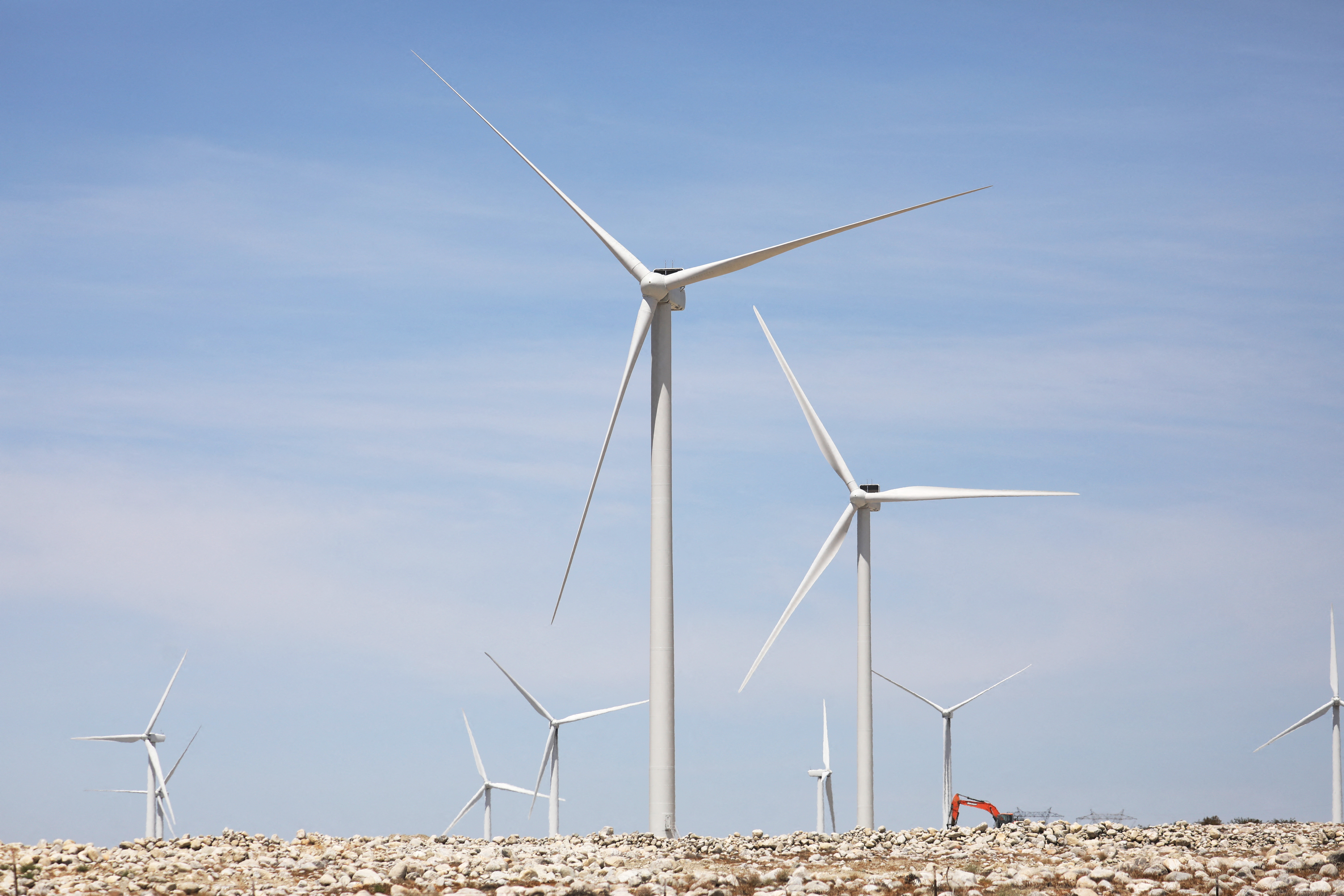June 9 (Reuters) – U.S. power generators were forced to burn more natural gas to produce electricity this week than usual as the amount of wind power dropped and smoke from Canadian wildfires blocked output from solar panels, according to U.S. and regional power data.
The amount of U.S. power generated by solar so far this week slid to just 4% of the total versus an average of 5% over the past month, according to federal energy data.
Wind power also dropped to 5% of total generation so far this week versus a recent high of 12% during the windy week ended May 12.
That forced power generators to boost the amount of electricity generated by gas to 45% this week, up from around 40% in recent weeks.
When power generators burn more gas to produce electricity, there is less of the fuel available to go into storage for the peak winter heating season. That helps to boost gas prices , which gained about 9% over the past five days.
In New England, U.S. power grid operator ISO New England said the smoke was “significantly lowering production from solar resources” in its six-state region.
Most solar resources in New England, such as rooftop systems, are connected to the distribution system and reduce demand on the regional grid when they are producing electricity. Therefore, the ISO said decreased solar production increased the amount of power consumers were pulling from the grid.
That means ISO needed to boost power production from other sources including gas-fired plants.
Gas-fired plants were providing about 61% of the power generated in New England on Friday morning. That is much higher than 2022’s average of 52%.
Despite challenges in forecasting supply and demand due to the smoke, the ISO said the grid remains reliable and continues to operate under normal conditions.
Share This:




 CDN NEWS |
CDN NEWS |  US NEWS
US NEWS 




























